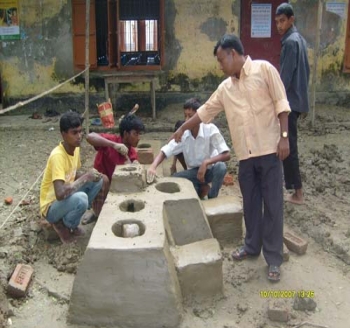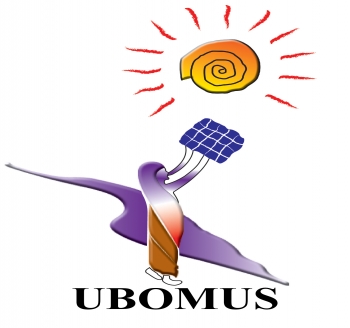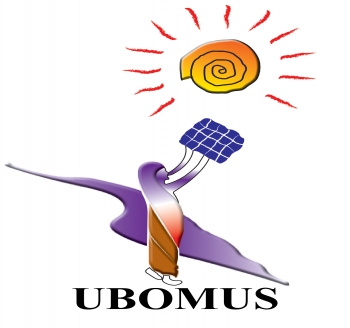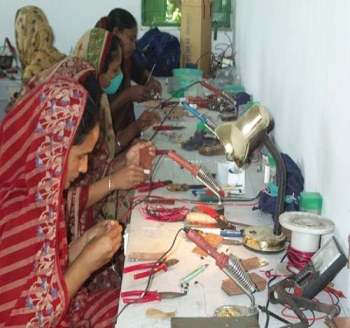
Solar-Powered Ice Making Plant by UBOMUS
Video link 1: Solar Powered Ice making video 1
Video link 2: Solar Powered Ice making video 2
Char Montaz is an island located in the south coastal area of Bangladesh under Rangabali Upazila of Patuakhali District. Almost 90% of the population of this island depends on fishing.
Due to its substantial fish market and aquaculture potential, ice plants are needed in Char Montaz. With this view, SREPGen Project, UNDP Bangladesh, along with SREDA have undertaken an initiative to develop a solar PV based ice plant in Char Montaz. UBOMUS has developed the solar-powered ice plant in partnership with IDCOL providing 63% grant support from the SREPGen. Since 1 July, 2019, the ice plant has been producing 2.5 tons of ice per day.
Due to lack of electricity or any other source of conventional energy, there was no ice plant in Char Montaz to supply ice for preserving fish.
The daily demand of ice is about 30-35 tons. Local fishermen buy one box of ice for BDT 100 where 22-25 kg of ice can be stowed. The daily requirement for ice of an individual is 5-6 boxes or 110-150 kg of ice.
The solar powered ice plant is able to produce 2.5 tons ice per day, whereas the daily demand of ice in the island is about 35 tons. The fishermen who are collecting ice from the solar-powered ice plant is spending now BDT 3.5 for per kg of ice whereas they had to spend BDT 4.5 before.
Impact
• The project is helping the local fishing community (about 10,000 vulnerable households will be under covered) for improving their livelihoods by increasing their incomes.
• The people benefit directly through the project by saving their time and money in obtaining ice for preserving fish.
• The ice plant has been building capacity of local people to run and operate such a facility for a long period of time.
• The most important impact from the point of view of climate change is that this solar powered ice plant will reduce 133.64 tons of CO2 emission per year. For its lifetime, it will reduce 2673 tons of CO2 emissions.
For the project video follow the link https://www.youtube.com/watch?v=Yaabv74TQEc




